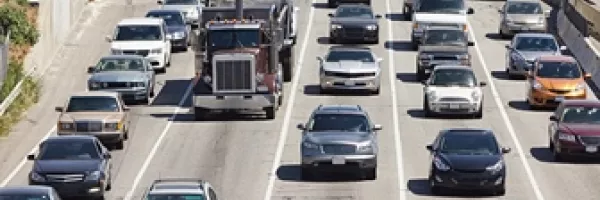
Innovative Ways to Manage Traffic Jams
No matter where you drive, chances are you’re familiar with traffic congestion. Stop and go, bumper to bumper, gridlock, bottlenecks, rush hour… we have a wide vocabulary for describing the specific traffic situation that’s holding us up.
But unfortunately, the problem is bigger than we can see from our vantage point on the highway, and it’s not going away anytime soon. According to the 2012 Urban Mobility Report published by Texas A&M University, congestion levels are expected to increase beyond the peak reached in 2005, before the economic recession.
So what are transportation planners doing to manage the increasing number of drivers who want to use the overcrowded highway system?
PBS tackles this question in Nation on the Move, the second episode of their 2012 America Revealed series. The show focuses on three cities, each with a unique congestion situation, and a different approach to managing the problem.
Please note that the first portion of the episode covers rail and aviation, and the section on car traffic starts at 32:48.
Dallas, Texas
Highways between Dallas and Fort Worth, Texas fostered the creation of suburbs like Arlington and nearby Colleyville. As in many other areas of the country, these highways were designed to take suburban residents to jobs and stores in big cities. But now, people work and shop in the suburbs too, and barely travel into the city at all. At the same time, the area’s population has doubled, and the number of cars on the road has tripled.
The smaller secondary roads that exist within the suburbs weren’t designed to move these large numbers of cars, so these roads are being expanded, and new highways are being built to take suburban residents where they’re actually trying to go.
Las Vegas, Nevada
Las Vegas is a city of 2 million people which receives 36 million visitors per year. Rather than building new roads, transportation experts are monitoring traffic and adjusting the city’s 1,250 traffic signals to allocate “green time” as efficiently as possible and prevent too much traffic from backing up at intersections.
Los Angeles, California
Los Angeles, home to 12 million cars, doesn’t have “smart” roads like Las Vegas and has no room to build new roads, like Dallas. Instead, Metro transportation planners are looking to the past, hoping to revive the robust mass transit system that existed in the city before the 1940s. Old streetcar routes, previously abandoned in favor of bus lines and private cars, are now being reclaimed, rebuilt, and upgraded for modern light rail.